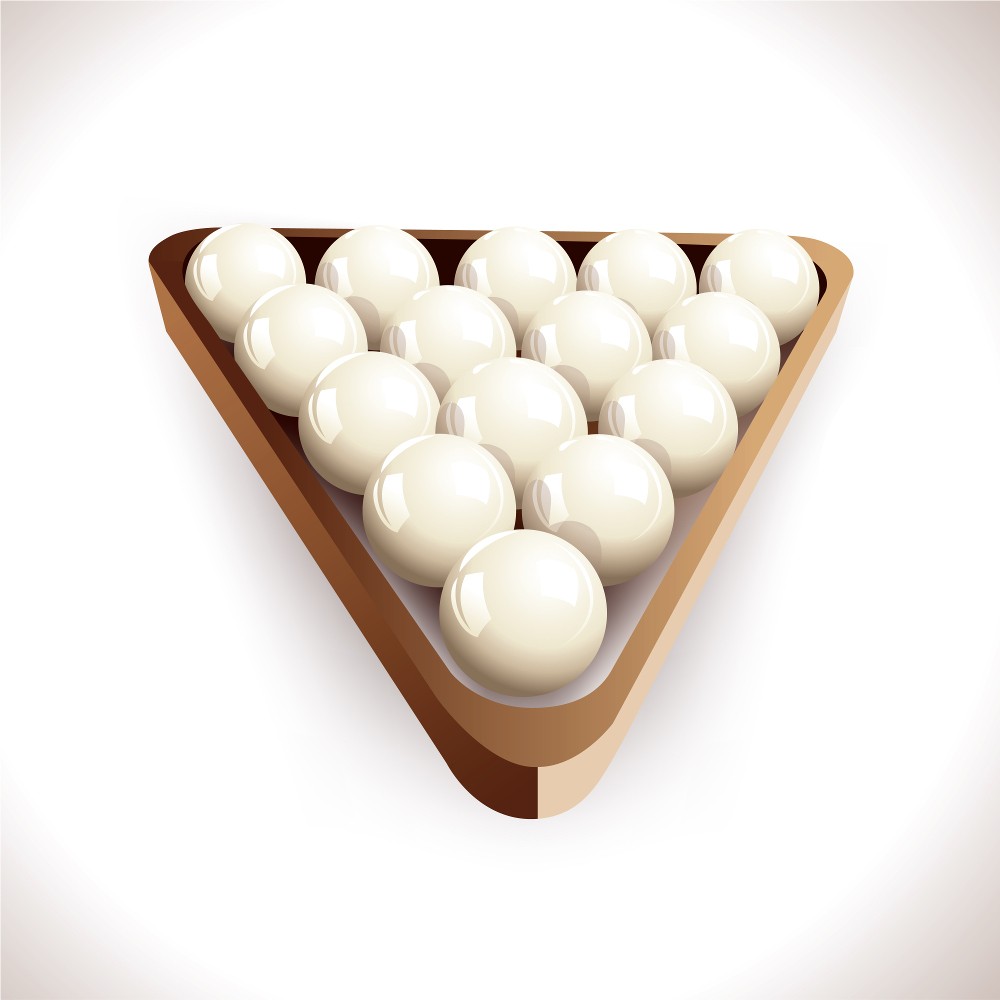1.10 Crystallisation
1.10 Purification by crystallisation
Crystals can form when a molten solid cools and solidifies. They can also form when a saturated solution is cooled. This happens because the solubility of most solid solutes decreases as the temperature is lowered.
The solute can no longer stay in solution and therefore forms a solid precipitate. The precipitate can be crystalline.
Crystallisation can therefore be used to separate a solid solute from its solvent.
A crystal or crystalline solid is a solid material whose constituent particles (such as atoms, molecules, or ions) are arranged in a highly ordered structure
Activity 1. Spot the error
- When recrystallising in order to purify a solid, how much solvent is used
- There is a mistake in the apparatus set up at the beginning of the video. Describe the mistake and explain why it would be dangerous to heat the apparatus as shown.
- Explain why the filter funnel is heated by a hot water jacket?
- Why do crystals then form in the filtrate?
- How are these crystals then separated?
The crystals obtained this way can then be dissolved and recrystallised to improve the purity further.
Activity 2. Close packing
This video helps you to visualise how molecules ( or atoms) can stick together to form an orderly arrangement and therefore form crystals.
- What shape is used in the video to represent the sugar molecules ?
- The four images below show four different ways of "modelling" the arrangement of atoms or molecules forming a crystalline structure. Consider each model in turn. For each model try to say what is good about it and what might be "inaccurate" about it. This could be presented as a table of strengths and weaknesses.
- It is often said that crystallising something slowly will produce lager and more regular crystals. Can you explain this?
Activity 3. Modelling with balls
from r/oddlysatisfying
In this video you see how scientist use bubbles in a soap solution to model the behaviour of particles in a crystal.


